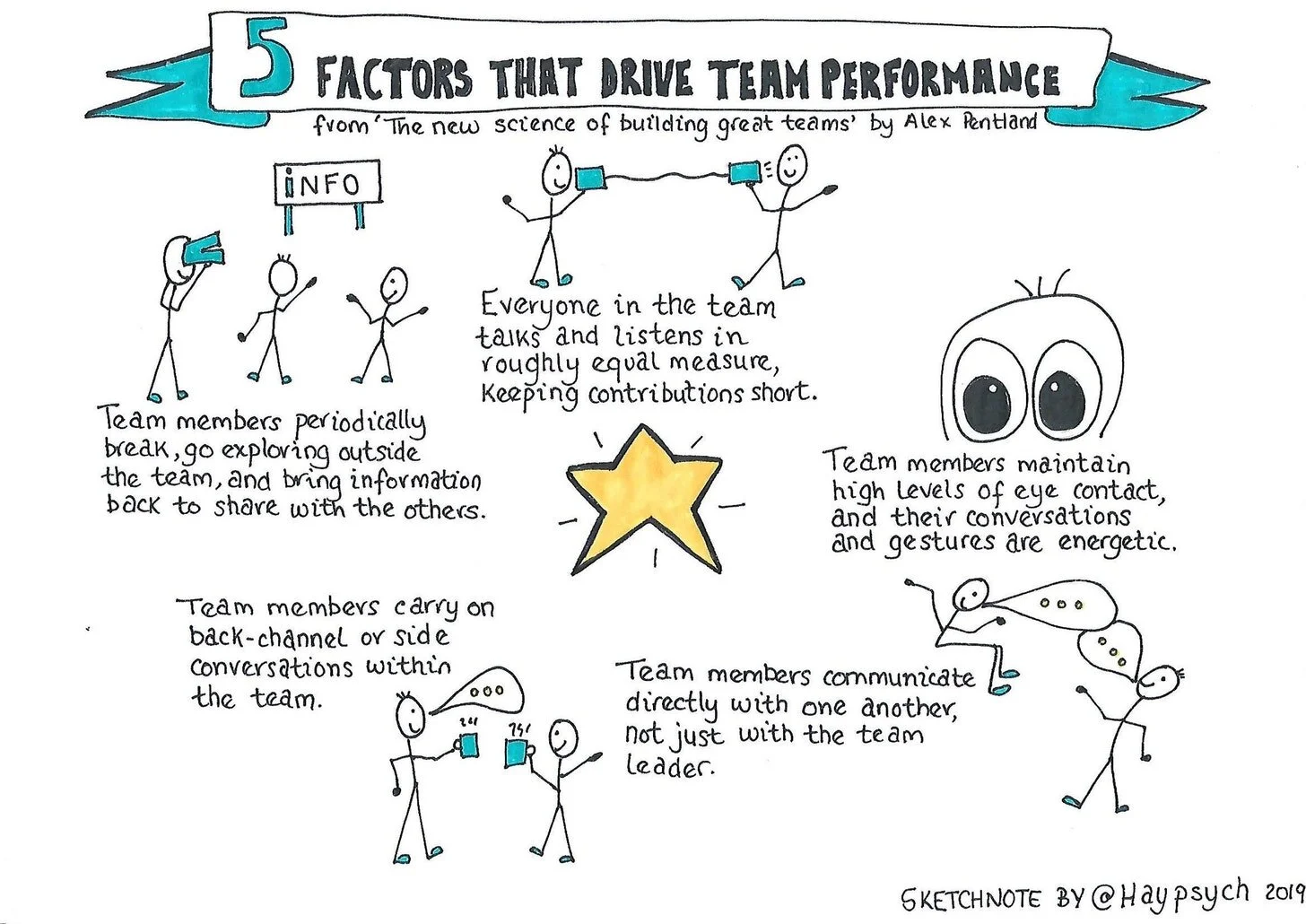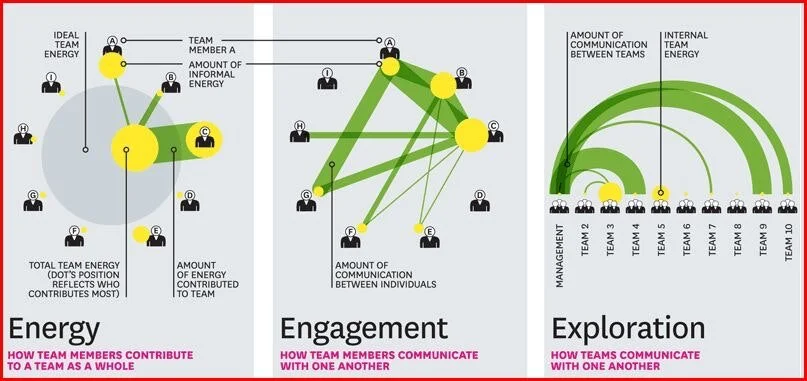The future of the office looks like market day in Abergavenny
Future Work/Life is a weekly newsletter that casts a positive eye to the future. I bring you interesting stories and articles, analyse industry trends and offer tips on designing a better work/life. If you enjoy reading it, please SUBSCRIBE HERE, and share it!
Things are looking up in the UK this week. There are signs of Spring in the air - the sun is shining, flowers are beginning to emerge, and the days are getting longer. Best of all – the kids are back at school in a week – hurrah!
Yes, I'm tentatively optimistic about the coming months.
With that, my thoughts turn to market day in Abergavenny. Of the farmers herding the cows into the square, the smell of manure tickling the nostrils, the sound of laughter and of tankards clinking as the pubs reopen to joyous celebration from friends who haven't seen each other in over a year.
Why this strangely nineteenth-century view of a place I've never visited?
After spending some time with Rory Sutherland the other day, this image was lodged in my mind as we envisaged the future of the office, and he compared it to the journey his grandfather took from their farm in the Welsh borders to their nearest town each week. While market-day was ostensibly the driving force behind the local, agrarian economy, it was just as much an opportunity for people working in isolation to congregate, share stories and build connections.
"I'd have days dedicated to serendipity where you go into London, and you literally talk to your staff. You wander around the office and network slightly furiously, which is exactly how my grandfather treated Abergavenny. On market day, he went in and met as many people as he could and then spent the remaining six days on a farm. Okay, actually, to be honest, I think he went to the Conservative Club for a few pints a little more frequently than that, but nonetheless that that's how market day worked.
Historically Monnow Street in Monmouth, which is where the market took place in the late 19th century, had 25 pups in a single street. And what those pubs were facilitating was heavy levels of boozing in an age before drink driving restrictions because your horse would take you home. But it was really there for the serendipitous networking. That was a huge source of information exchange."
After the government announced their roadmap back to 'normal life' this week, there followed, of course, a slew of articles pontificating about whether we even need to return to offices at all. Coincidentally (or not), there were more announcements from large employers like Lloyds and HSBC about reducing commercial office space - by 20% and 40% respectively, making it pretty clear that there's no expectation for many people to return to the office full-time.
All of which makes sense. Studies by Work After Lockdown and Understanding Society after Covid-19 show very similar data about people's appetite for a shift back to working in the office. Very few want to return full-time (around 13% of those surveyed), but three quarters insist that a hybrid approach is right for them – some time in the office and some at home.
Therefore, the big question is if we return to the office, what should we do there? Or another way to frame it, perhaps, is what we can do in-person that we can't do over a video call?
The answer to that second question would be, I suspect, a lot shorter now than a year ago. We've realised that much of the work we've always done 'at work' - a phrase which used to mean 'in the office' - we can do entirely satisfactorily anywhere. For many, removing the distractions of open-plan offices and needy colleagues tapping you on the shoulder throughout the day has led to improved productivity.
Yet, what is equally clear, according to recent surveys (and anecdotally from the many conversations I’ve had with employers and employees), there's undoubtedly a yearning among people for social connection.
After a year of near-total remote work for knowledge workers, talk of collaboration immediately evokes thoughts of Teams, Slack or a thousand other tools. Within successful teams, though, the medium of communication is less important than the manner.
As Sandy Pentland, MIT professor and entrepreneur wrote in his book, Social Physics: How Good Ideas Spread-the Lessons from a New Science, he and his team ran extensive tests with business in which they equipped every member of cross-functional teams with electronic badges, collecting detailed data about how they communicated. They found that:
"With remarkable consistency, the data confirmed that communication indeed plays a critical role in building successful teams. In fact, we've found patterns of communication to be the most important predictor of a team's success. Not only that, but they are as significant as all the other factors—individual intelligence, personality, skill, and the substance of discussions—combined."
All of which is a rather long-winded way of saying, let's take this opportunity to think differently about face-to-face work; to redesign jobs, workspaces and workflow.
As has been written extensively, an emphasis on collaboration is essential. After all, what's the point of all commuting somewhere to sit and answer emails and do the same meetings we could have done, in our pants, at home.
The first step is to consider what you can do in person that you can't replicate virtually? Pentland has also shown that while video conferencing is a passable substitute for face-to-face meetings between very few people, the higher the number on a call, the less effective it becomes. Can you, therefore, shift those large team and company meetings to the day(s) you're all together?
How can you balance the level of engagement more evenly across the team and optimise for high-energy communication, a marker of top-performing organisations?
Finally, how can you create a culture that emphasises the intra-team exploration of ideas? Achieving this doesn't necessarily mean a few Friday-night beers - Pentland's work with one business showed that a random change to the canteen layout proved far more effective. After they made one of the dining tables longer, groups from different teams inadvertently mixed more, which had a hugely positive impact on communication.
[Harvard Business Review]
The point here is that the best solution is not always immediately apparent. We need to be more radical than just saying, "let's collaborate more by all turning up in the office on the same day."
Returning to the theme of last week's newsletter, Pentland writes in Social Physics:
"The most consistently creative and insightful people are explorers. They spend an enormous amount of time seeking out new people and different ideas, without necessarily trying very hard to find the 'best' people or 'best' ideas. Instead, they seek out people with different views and different ideas."
Plus, as Rory Sutherland would say:
"Remember, if you never do anything differently, you'll reduce your chances of enjoying lucky accidents."
As you know, I'm an advocate for a shorter working week, so I'll leave you with an idea.
There's been a great deal of interest in the four-day working week recently, but it remains a radical notion to many. As an experiment, how about we stick to four days of 'normal work' and then create a short day designed purely for collaboration and social interaction between different teams and all levels of the business?
The day's format could vary between meetings and workshops designed to solve specific problems and unstructured mix-zones for random conversations and potential moments of serendipity.
At worst, it would give us all the social connections we're yearning for while contributing towards a collaborative, knowledge-sharing culture.
At best, it would trigger a new wave of innovation and creativity.
"The right sort of idea flow leads to all of the group members making better decisions than they could have made if they were operating individually. As a consequence of these shared habits, human communities can develop a sort of collective intelligence that is greater than the members' individual intelligence."
Sandy Pentland
It's the progression of ideas that define culture, so let's design a new way of working that improves the flow of ideas: much like market day in Abergavenny.
Have a good week,
Ollie
Rory Sutherland was my guest on Take My Advice (I’m Not Using It) this week. You can listen and subscribe via THIS LINK.



